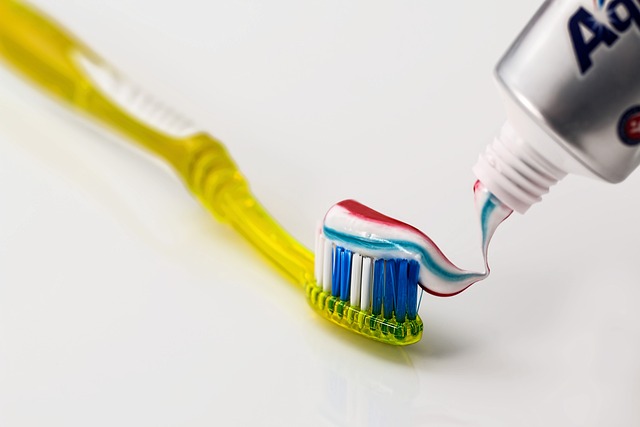Lawn care, a crucial aspect of garden maintenance, involves proper mowing techniques (for aesthetic growth promotion), tailored watering schedules for deep root development, and suitable fertilization methods that balance nutrient supply while avoiding environmental harm. Regular mowing enriches soil, discourages weeds, identifies pest/disease issues early, and promotes overall grass health. Lawn fertilizers, including nitrogen-rich, phosphorus-, and potassium-focused formulas, are essential for maintaining vibrant, healthy lawns. The optimal fertilizer choice depends on lawn condition and goals, with fast-release fertilizers suitable for new or sparse areas, and slow-release options benefiting established lawns.
“Elevate your outdoor oasis with our comprehensive guide to garden maintenance and beautification. Discover the fundamentals of lawn care, from mastering regular mowing for grass health to selecting the perfect fertilizers. Explore creative landscaping design ideas that blend native plants and functional outdoor spaces, enhancing both aesthetics and relaxation. Embrace seasonal maintenance tips, ensuring your garden thrives through spring cleanup, summer care, and fall preparation. Uncover effective strategies for watering, rock and stone landscaping, and addressing common lawn issues – all tailored to optimize your green sanctuary.”
- Lawn Care Basics
- – The importance of regular mowing and its impact on grass health
- – Types of lawn fertilizers and how to choose the right one for your garden
Lawn Care Basics

Lawn care is a fundamental aspect of garden maintenance and landscaping, ensuring your outdoor space remains healthy, vibrant, and visually appealing. The first step in effective lawn care is understanding the basics: proper mowing practices, watering schedules, and fertilization techniques. Regular mowing not only keeps grass at an aesthetic length but also promotes better growth by preventing stem thickening. Aim for a consistent height throughout the year, adjusting based on seasonal changes.
Watering is another critical component of lawn care. Different grass types have varying water needs, so understanding your specific turf and weather patterns is key. Efficient watering practices focus on depth rather than frequency, ensuring roots grow deeply to access nutrients and moisture. Fertilization complements these efforts by providing essential nutrients, enhancing the lawn’s overall health and appearance. Choosing the right fertilizer for your grass type and soil conditions is vital to avoid excess nutrients that can harm the environment.
– The importance of regular mowing and its impact on grass health

Regular mowing is an essential aspect of lawn care and landscaping, as it plays a pivotal role in maintaining grass health and overall lawn aesthetics. By removing a portion of the grass blade, frequent mowing encourages stronger, healthier growth. This practice promotes better circulation and sunlight penetration, fostering dense and lush grass. Moreover, regular mowing helps prevent weeds from taking over, as it reduces their opportunity to receive adequate sunlight and nutrients.
Proper mowing techniques, including setting the mower blades at the right height for your grass species, ensure that more leaves remain on the ground, providing essential organic matter. This enriches the soil, enhancing its structure and fertility, which in turn contributes to a vibrant and healthy lawn. In addition, regular mowing discourages pest and disease issues by keeping an eye on any emerging problems early on.
– Types of lawn fertilizers and how to choose the right one for your garden

Lawn fertilizers play a crucial role in maintaining a lush, healthy garden. There are primarily three types available: nitrogen-rich, phosphorus-based, and potassium-focused. Nitrogen encourages green growth, phosphorus promotes root development and bloom, while potassium enhances disease resistance. Choosing the right one depends on your lawn’s specific needs and existing condition.
For new lawns or areas with sparse vegetation, a fast-release nitrogen fertilizer is often recommended. Established lawns may benefit from a slow-release option, which provides nutrients gradually over time. Analyzing your soil’s pH level and nutrient content can help in making an informed decision, ensuring you select a fertilizer that aligns with your lawn care and landscaping goals.
In the realm of lawn care and landscaping, maintaining a lush and vibrant garden is not just about aesthetics; it’s an investment in your outdoor space. By understanding the basics, such as the power of regular mowing for grass health and selecting the right fertilizers, you can transform your yard into a symphony of green. These simple yet effective practices ensure your garden thrives, providing a peaceful oasis that enhances your home’s beauty and value.
